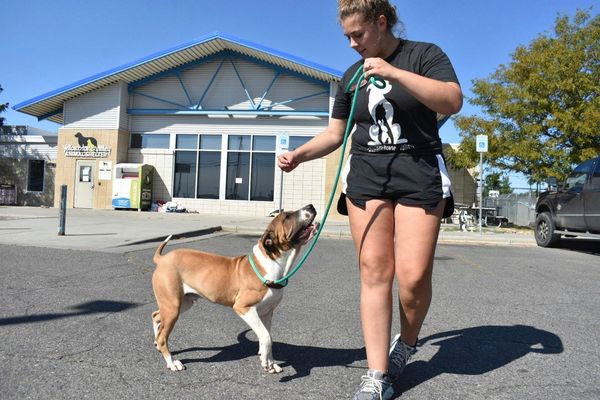
Narrow back streets, old row houses, small bars and eateries: The Shinjuku Golden-gai area in Shinjuku Ward, Tokyo, is filled with the atmosphere of the Showa era. An area famous throughout the country, just the name Golden-gai evokes a nostalgic image of Shinjuku in seedier times.
How did the area get its name?
Golden-gai is a short walk from Shinjuku Station, located just off a main street. According to documents compiled by the Shinjuku Ward office, post-war black-market street vendors who were evicted from an area next to Shinjuku Station moved to the area now known as Golden-gai.

Hidekatsu Shibata, 81, who has run a bar there since April 1958 said the area was called "Hanazono-gai" when he opened his bar, named after the nearby Hanazono Shrine. But at that time the area was not as popular as it is today.
"It was right after the many illegal adult establishments that used to be around here were moved on," Shibata recalled. "There weren't many bars and ramen shops back then."
The Shinjuku Ward office and the Shinjuku Historical Museum have no information about the origin of the area's current name.
Shibata recalls that the name Shinjuku Golden-gai began to be used around 1965. In order to improve the image of the area, the chairman of landowners at that time came up with the name, according to Shibata.
"To rival luxurious Ginza, 'golden' was adopted to give people an image that they could drink cheaply at a place where money gathers," Shibata said. "That's what I heard."
At Shibata's bar, a glass of whiskey was priced at 50 yen when he opened his bar. I can almost imagine the coins rolling in.
Post-bubble boom
During the bubble economy of the late 1980s through the early 1990s, many outlets were forced to close after being targeted by speculative brokers buying up small lots of lands for redevelopment. However, no structures were demolished and no new buildings were constructed in the area because of the number of property and landowners involved. Also, to construct new buildings, the alleyways would have had to be widened.
So the old wooden row houses and narrow streets have survived in almost the same state as that of the time the area came to be called Golden-gai.
Recently, the area has become popular among foreign tourists for its unique retro atmosphere and as a place where people can eat and drink cheaply.
"I don't speak a foreign language, so I was a bit confused at first," Shibata said. "Now I understand why foreigners call this area 'Golden Town.'"
"I think it's a catchy name," he added.
Bunmei Tobayama, chairman of the business association in the area, said there have been no plans to change the name of the area so far. Tobayama, 71, first went to Golden-gai as a customer when he was 20 years old.
An acquaintance who owned a bar in the area asked Tobayama to run it for him in 1978, and he has been running a bar in the area ever since.
"I am so used to the name now -- as a customer and bar manager," Tobayama said. "There is no better name than this. I think it should be kept."
Read more from The Japan News at https://japannews.yomiuri.co.jp/







